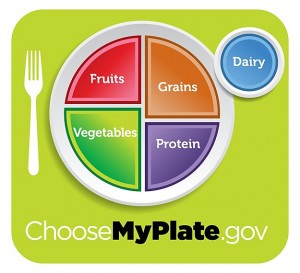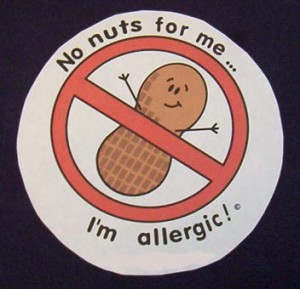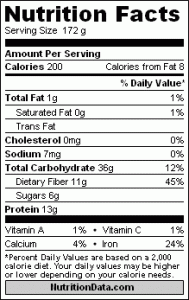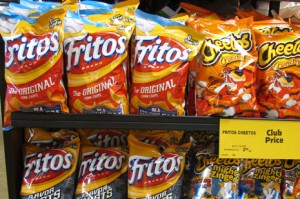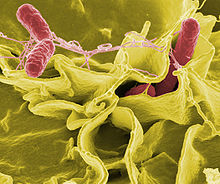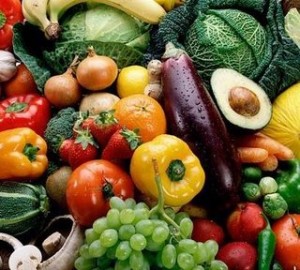Are you making any diet and exercise resolutions this year? I sure am.
Just in time to help us along, the federal government has launched a new online tracking system. The system is based on the part of a new, evidence-based initiative to improve the diets of Americans that we’ve written about before here on EBL.
It includes tools to calculate the nutritional information of more than 8,000 foods, tally daily calorie consumption and track physical activity. You can set weight loss goals, create reports and receive individualized tips about how to improve.
Admittedly, this kind of tool isn’t for everyone. I know people who crave data – my husband is like this -who love generate graphs and reports showing exactly how many calories they’re consuming and expending. Others find this kind of tracking monotonous and discouraging.
No matter which camp you fall into, the evidence does show that it’s beneficial to track your food consumption – something the new tool will certainly help with. In fact, a systematic review published last year in the Journal of the American Dietetic Association concluded that there is a “consistent and significant positive relationship between self-monitoring diet, physical activity or weight and successful outcomes related to weight management.” (You remember how much we love systematic reviews, right?)
The article reviewed 22 studies that looked at self-monitoring during weight loss programs. Fifteen of the studies focused on keeping a food journal, one looked at keeping an exercise journal, and six tracked subjects who recorded their weight at least once a week.
Researchers found that both written and electronic journals helped with weight loss. They also found that that people kept a weekly record of their weight lost more than those who weighed themselves less frequently.
So if you’re aiming to drop a few pounds in 2012, check out the government’s new tool. It might be just what you need to jump start your New Year’s resolution.
